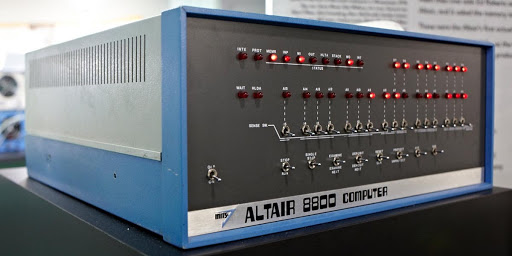Twitter user “Scottwalker99” posted an excellent Tweet about the breakdown of the crypto market into 8 distinct sectors. They rank as follows, from largest to smallest.
The Sectors of Crypto
- Currencies (BTC/others)
- Smart Contract Platforms (ETH/others)
- StableCoins (Tether/others)
- DeFi (Uniswap/others)
- Web3 (Chainlink/others)
- CEX (BNB/others)
- DEX (Uniswap/others)
- Privacy (Monero/others)
The dollar values within each sector fluctuate quickly, but their overall percentage of the market share moves much slower. Cryptocurrencies account for about 70% of the market, smart contracts hold about 20%, and the 6 other sectors compete for the remaining 10% market share. Most of the sectors on the list I have covered at one point or another, but one that hasn’t received as much attention is Web3. This is what I intend to dive into in this post. Keep in mind that many of these sectors overlap and distinctions can only be made in certain areas.
Web3
Web3 is currently one of the hotter trends in cryptocurrencies. Projects like Polkadot (#6 by market cap) and Chainlink (#10 by market cap) rising through the ranks, displacing longstanding top contenders, according to CoinMarketCap. To understand the evolution of Web3, it’s best to start with the origins of the computer and the World Wide Web.
At first, there was only data and basic calculations, on massive machines like the Altair 8800. In time, the transmission and storage of data improved rapidly, creating a shift into the Web2 phase. With a desire for better communication, platforms were built around the ideas of ease of use, user-generated content, and interoperability. This is Web2, which exploded in the last 10 years and is the web that we are all familiar with. Examples of Web2 are PayPal, Facebook, Microsoft, AWS, etc. These modernizations have made it extremely simple to connect with anyone in the world that has a phone and internet connection, but sending value and democratizing data still faces friction. Web3 solves this.

Data exists on the internet, but its functionality is clunky, unreliable, human-dependent, centralized, transactionally poor, and so on. Web2 brought us closer together, but between every exchange of value or information, there was a middleman collecting toll money, slowing down the process.
The Universal State Layer
Decentralized blockchains, as the backbone of Web3, create a universal state layer that isn’t a company or 3rd party, it’s just an underlying technology enabling peer-to-peer interaction. In theory, Web3 could be broad enough to include Bitcoin, because it follows the principles of Web3, but if you want a clearer picture of Web3, start by researching Polkadot’s light paper or Chainlink’s white paper. From there, the rabbit hole really begins, and only if it begins to make sense and fits your investment strategy should you then consider taking a long-term position in one of these coins. This is one of the eight sectors, but its importance can’t be understated. Good luck on your Web3 journey!
To take the next step in your investing education, learn how you can decide on what to invest in.

